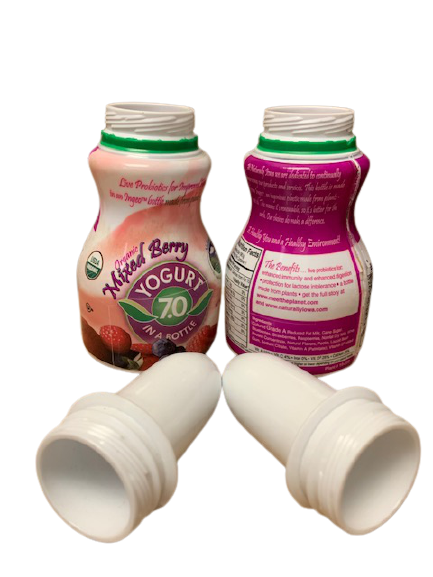
A bioplastic bottle differs from conventional plastics in that the raw material of bioplastics is made from biobased material or that the material is compostable or both. The term “biobased” only says something about the origin of the material and nothing about the end-of-life. We use only bio-plastic (PLA) for our bottles.
Our bioplastic bottle is made from PLA. Read articles and rapport about this bioplastic.
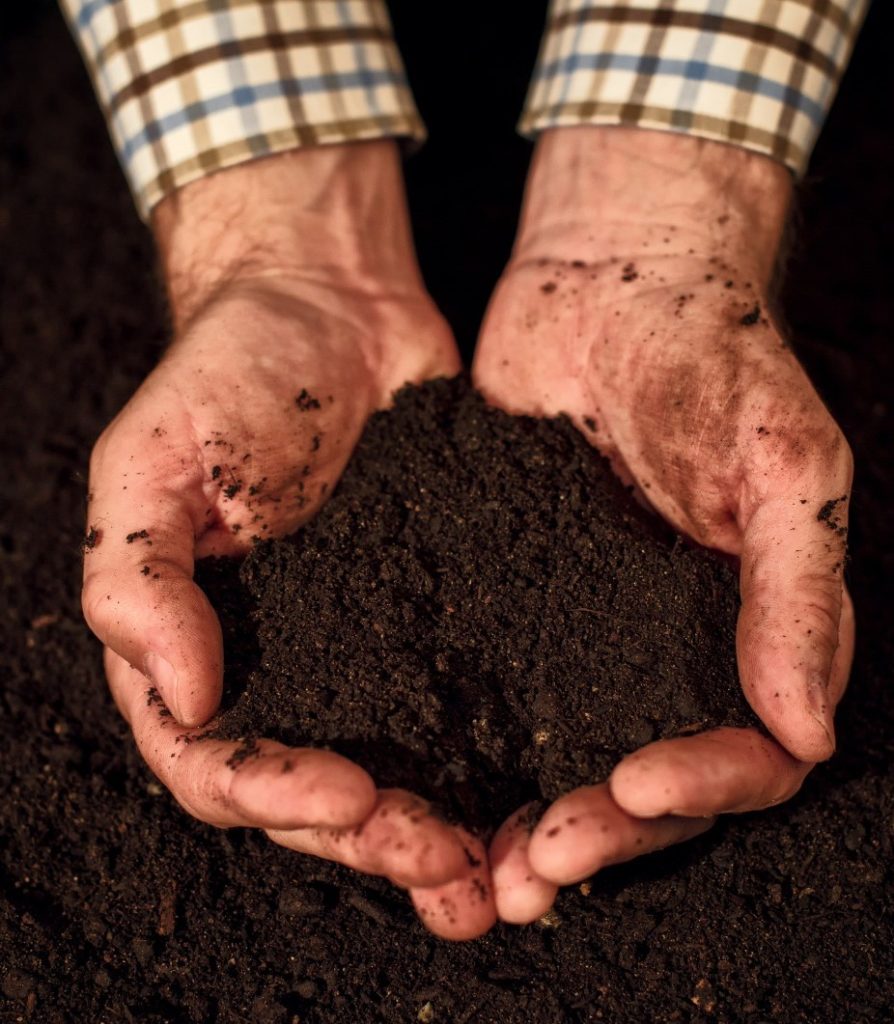
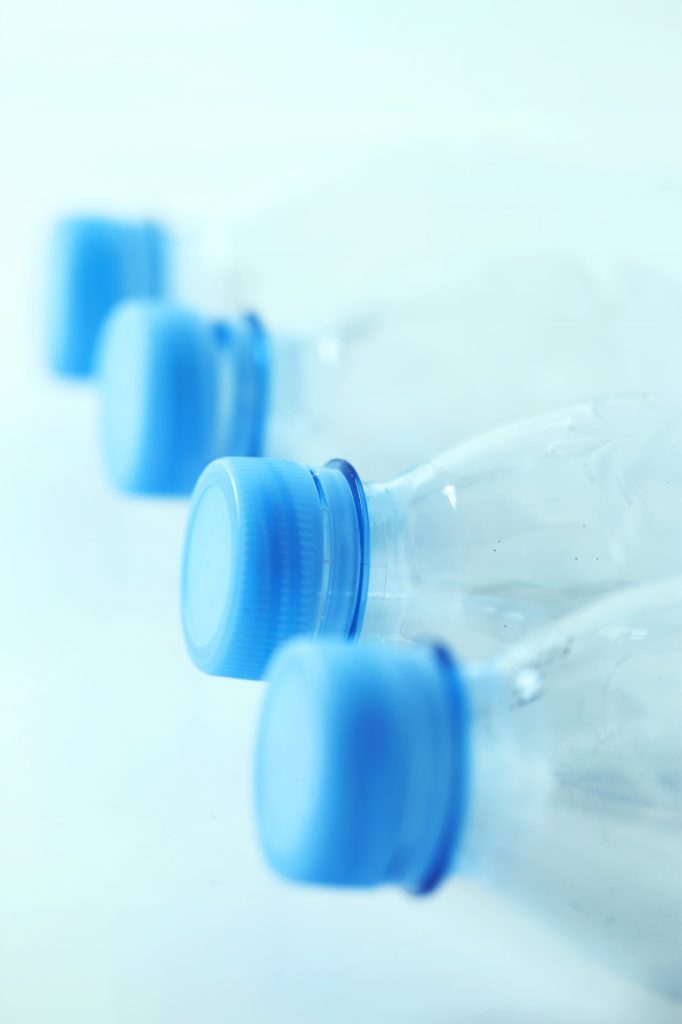
By “biobased” is meant materials made from renewable raw materials such as starch, sugar, cellulose, lactic acid, proteins, or via micro-organisms. At present, it usually comes from corn, beet, sugar cane, wood, potato, tapioca root, or, for example, nuts, but in the future mainly from residual materials and waste flows. The term “renewable” generally refers to a term within 10 years. Biobased plastics can be compostable or recyclable depending on the material.
Today, there is a bioplastic alternative for almost every conventional plastic material and corresponding application. Bioplastics – plastics that are biobased, biodegradable, or both – have the same properties as conventional plastics and offer additional advantages. This includes a reduced carbon footprint or additional waste management options, such as composting.
Bioplastics are an essential part of the bio-economy and fast-growing, innovative industry that has the potential to decouple economic growth from resource depletion and environmental impact. Bioplastics are a diverse family of materials with differing properties. There are three main groups:
PLA is the bioplastic that we use for our plant-based bottles, caps, and labels. PLA is one of the bioplastics that has the highest volume of production and is the most widespread bio-plastic in the industry. Our bioplastic bottle is made from sugarcane and is NON-GMO.
The much newer bio-plastic PHA is at the moment researched and tested within our company to become a candidate for making preforms and bottles.
More information on the 2 Bioplastics is below.
PLA (polylactic acid or polylactide) is by far the most promising bioplastic for the near future. Its characteristics resemble conventional fossil fuel-based plastics such as polyethylene (PE), polypropylene (PP), and polyethylene terephthalate (PET). It can easily be processed on manufacturing facilities that already exist for the production of common petrochemical-based plastics – no further industrial investments are required. PLA is mostly produced by the fermentation of starch from crops, commonly corn, wheat, or sugarcane into lactic acid followed by subsequent polymerization.
Its blends have a wide range of applications including computer and mobile phone casings, biodegradable medical implants, foil, moulds, tins, cups, bottles, and packaging devices.
PLA and PLA copolymer plastics have already been uses successfully for medical and pharmaceutical purposes such as the production of screws, nails, plates, and implants that can be resorbed by the body. Also, the use of PLA – nanoparticles as a drug carrier or MRI contrast agent is currently investigated. PLA is a very versatile bioplastic. By varying composition and quality it can be designed to biodegrade quickly or last for years. Additionally, PLA possesses extraordinary stability, as well as extremely high transparency.
However, PLA also has a disadvantage. The plastic softens at a temperature of about 60 degrees Celsius, which limits its application for the production of packages for hot drinks and food. Copolymerization with heat resistant polymers and the addition of fillers overcome these drawbacks.

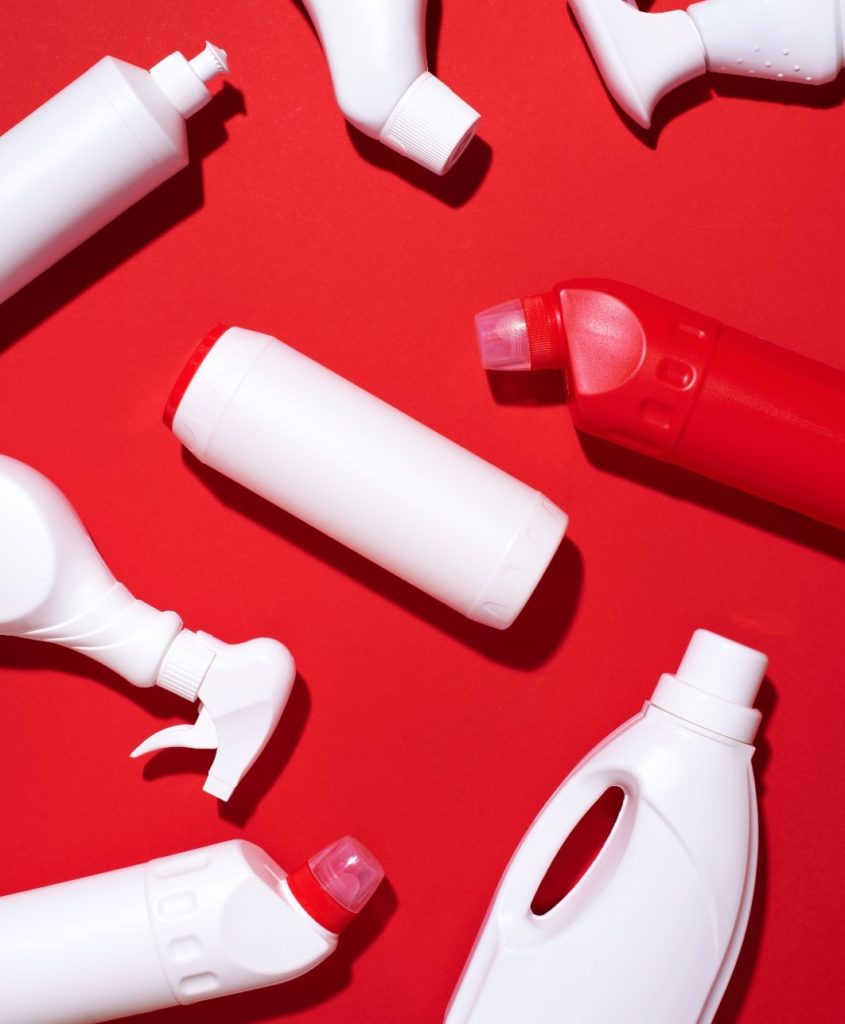
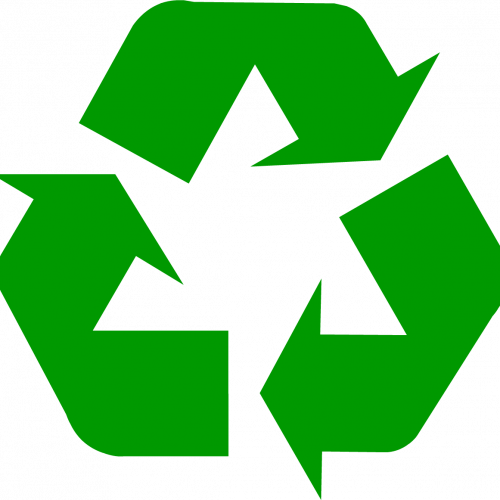

We distribute our bioplastic bottle of water only within “closed-loop” venues, whereby used containers are collected on-site and undergo proper end-of-life processing. Our goal is to get 90% of the plant-based bottles back after use, 90% of the time. Collecting the bottles and send them to the right end-of-life option.
Bioplastic bottles have different end-of-life solutions. Recycling, industrial composting, anaerobic digestion, and cineration. Together with our partners, we decide what’s the best end-of-life solution for their project.

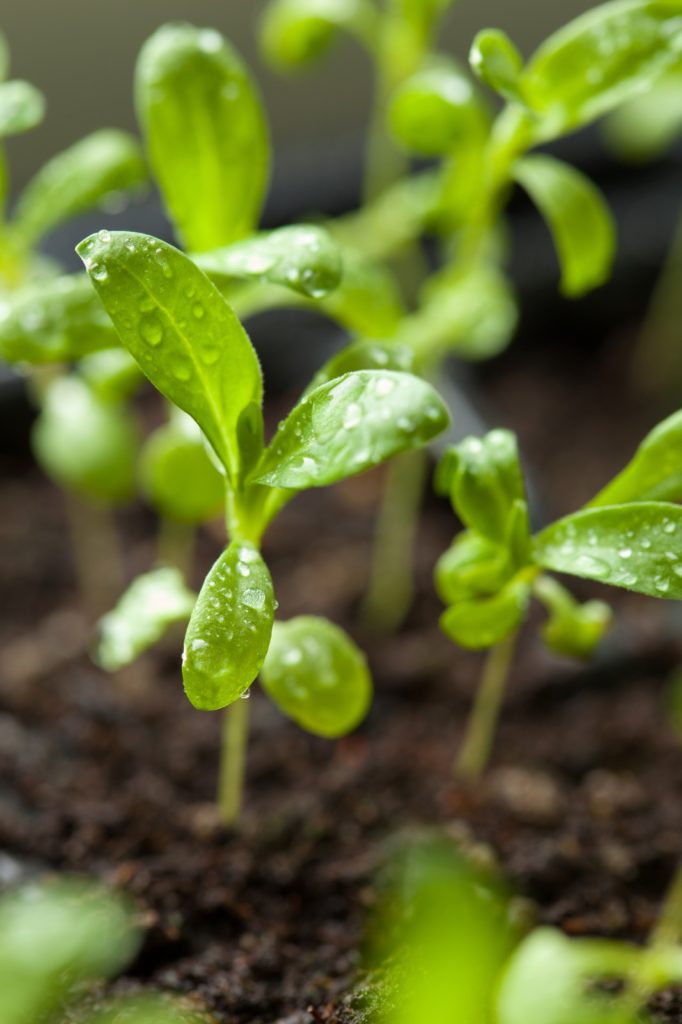
PHAs are a class of natural materials that exist in nature for millions of years. These materials are both bio-based and biodegradable, similar to other naturals materials such as cellulose, proteins, and starch. PHAs are produced by an extensive variety of microorganisms through bacterial fermentation. During fermentation, bacteria convert different types of feedstock into a product. In this case, the microbes produce PHA, a natural polymer. This natural process can be mimicked in an industrial setting. During the last 20-30 years, dozens of initiatives from all over the world have been started to make PHA materials useful for durable and structural applications as a sustainable alternative to chemically synthesized polymers.
Feedstock.
10 years ago, the main feedstock sources were corn, sugar, and vegetable oils. Today, many PHA-producing start-ups are working with innovative technologies that use wastewater streams, plastic waste, renewable methane as well as carbon dioxide as feedstock. PHA has the following recycle/end of life options
1. Recycle products to be used again
2. Recycle products back to the polymer
3. Recycle products for raw materials
4. Recycle to environment composting
5. Recycle products for incineration
6. Recycle nutrients for living organisms
For more information on the material, PHA go to www.gopha.org


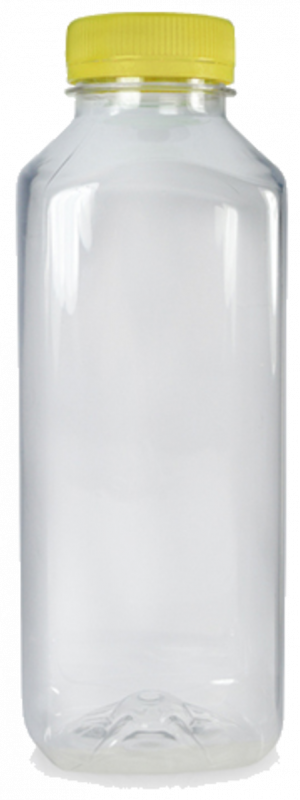
Transparent or white. 38mm neck size and different sizes will be available soon.
Biodegradable-water-bottles.com is part of GS-Companies.
Our goal is to get 90% of the time 90% of our bottles collected and send them to the right end-of-life stream.
Recycling, industrial composting, anaerobic digesting and incineration. Closed-loop locations are the best way to introduce plant-based bottles to the market.
biodegradable-water-bottles.com. Developed by Global Solutions. All rights reserved Copyrights 2022